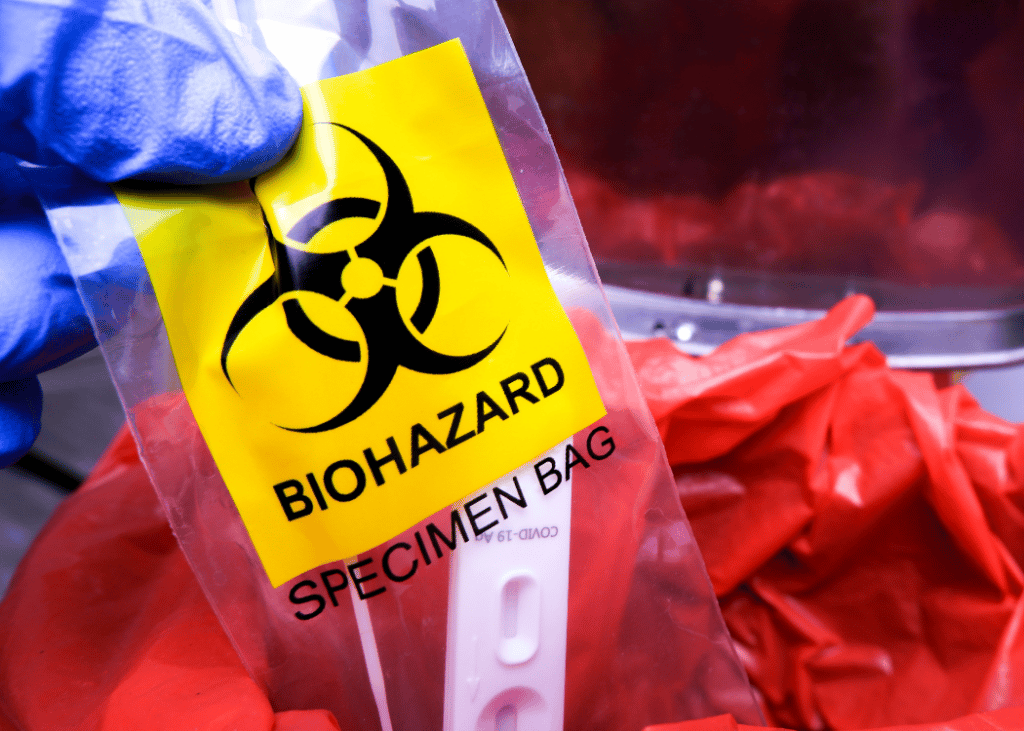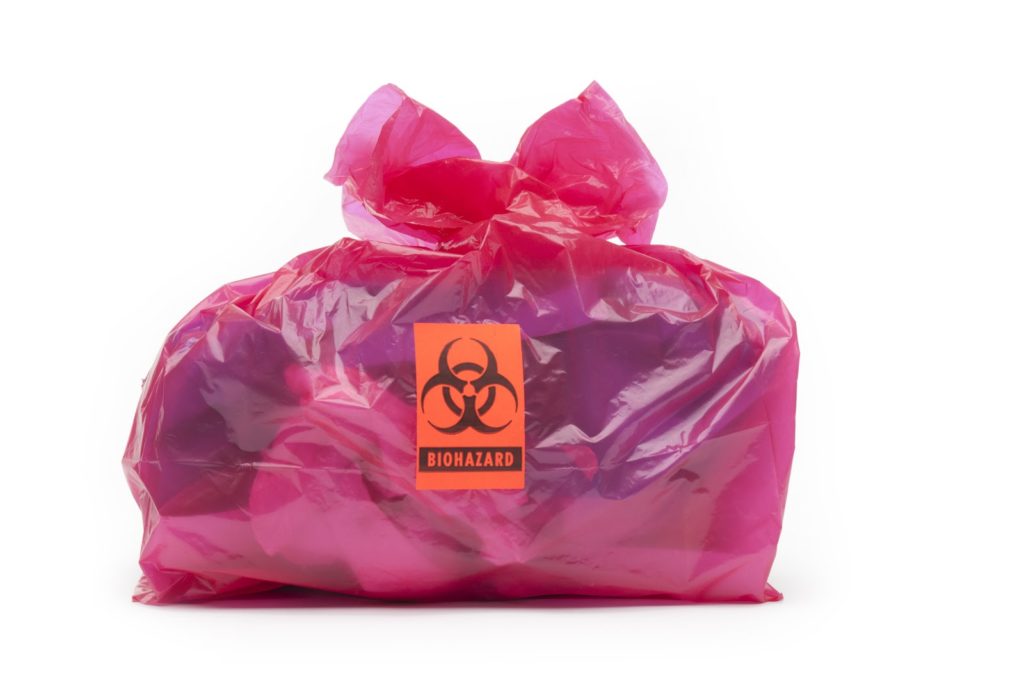Safe and Secure: The Conclusive Selection for Professional Medical Waste Removal Services
Safe and Secure: The Conclusive Selection for Professional Medical Waste Removal Services
Blog Article
Understanding the Different Types of Waste Disposal Methods
In the world of waste monitoring, the array of disposal techniques offered today is huge and varied, each technique offering a distinctive objective in addressing the challenge of waste disposal. click here. From reusing methods that aim to provide brand-new life to products, to the intricate processes of dangerous waste administration, the landscape of garbage disposal is intricate yet crucial for environmental sustainability. Comprehending the subtleties of these various methods not only clarifies the value of liable waste monitoring yet additionally triggers us to reconsider our strategy in the direction of garbage disposal in a swiftly evolving globe

Recycling Techniques
Recycling approaches are essential for sustainable waste monitoring practices in both property and industrial setups. medical waste disposal. By carrying out effective recycling strategies, a substantial amount of waste can be drawn away from landfills, preserving all-natural sources and reducing the ecological impact of manufacturing procedures
In houses, curbside recycling programs play an essential function in motivating homes to different recyclable materials from basic waste. Products such as paper, plastics, glass, and metals can be arranged and collected for processing right into new items, lowering the need for basic materials and energy-intensive production processes.
Industrial centers additionally rely upon reusing methods to reduce waste generation and advertise a round economic climate. By applying closed-loop systems, companies can recycle products within their manufacturing processes, minimizing expenses and ecological impact. medical waste removal service. Furthermore, commercial recycling programs frequently include collaborations with specialized recycling centers to guarantee that products are effectively arranged, processed, and reintegrated into the supply chain
Composting Strategies

Oxygenated static pile composting entails blending natural waste materials in a huge stack and routinely transforming it to make sure proper aeration. This approach is effective for massive composting operations. On the other hand, vermicomposting makes use of earthworms to break down natural issue right into nutrient-rich castings. This method is well-suited for smaller-scale procedures and homes.
In-vessel composting entails positioning organic waste in a shut container with regulated conditions for temperature level and oygenation. This technique is reliable for handling food waste in urban locations. Last but not least, windrow composting includes developing long rows of natural waste and frequently transforming them to advertise disintegration. This strategy is typically made use of in agricultural settings.
Land Fill Disposal
Land fill disposal is a generally made use of approach for handling waste that can not be recycled or composted. Methane gas, a byproduct of decomposing natural waste in land fills, is typically gathered and utilized as a source of eco-friendly power. Efforts to reduce dependence on garbage dumps include advertising waste decrease, recycling, and discovering different waste disposal techniques to minimize the ecological footprint associated with conventional landfill disposal techniques.
Waste-to-Energy Incineration
Incineration of waste for power generation is a technique increasingly being considered as an option to typical landfill disposal methods. Waste-to-energy incineration entails the burning of waste materials at high temperatures, commonly in specialized centers developed to produce electricity or heat with the procedure - click here. This technique not just minimizes the volume of waste that would or else be predestined for landfills however additionally utilizes the warm generated throughout incineration to create energy
One of the crucial benefits of waste-to-energy incineration is its ability to produce electrical energy while minimizing the environmental impact compared to traditional land fill disposal approaches. By transforming waste into energy, this method assists in minimizing greenhouse gas discharges and reliance on fossil gas for power generation. In addition, waste-to-energy facilities are geared up with sophisticated air pollution control innovations to alleviate possible toxic wastes launched throughout the burning procedure.
Contaminated Materials Monitoring

Considering the critical significance of responsible waste monitoring techniques, especially in the realm of environmental sustainability, the emphasis currently moves towards the elaborate domain of Contaminated materials Administration. Contaminated materials positions significant dangers to both human health and wellness and the environment, demanding customized handling and disposal methods. Common instances of harmful waste include chemicals, batteries, chemicals, and digital waste.
Contaminated materials Monitoring includes the identification, collection, transport, treatment, and disposal of materials regarded possibly hazardous or harmful. This procedure requires adherence to rigorous policies and standards to alleviate adverse impacts on ecosystems and public wellness. Various approaches are employed in taking care of contaminated materials, consisting of recycling, protected land fills, encapsulation, and chemical therapy.
Correct Dangerous Waste Monitoring is important for protecting against contamination of soil, water resources, and air pollution. It is necessary for industries, labs, healthcare centers, and other generators of contaminated materials to apply robust administration approaches, training programs, and emergency action intends to ensure the risk-free handling and disposal of these products. Failing to manage harmful waste suitably can have far-reaching repercussions, highlighting the relevance of accountable and attentive techniques in this field.
Conclusion
In verdict, waste disposal strategies play a critical duty in handling and lessening the effect of waste on the environment. It is important for people and sectors to understand the various waste disposal methods offered and choose the most ideal approach for sustainable waste management.
In the world of waste administration, the selection of disposal techniques available today is substantial and differed, each method offering an unique purpose in addressing the obstacle of waste disposal. click here. From reusing approaches that intend to offer new life to materials, to the detailed procedures of dangerous waste management, the landscape of waste check this disposal is intricate yet critical for ecological sustainability. Comprehending the nuances of these various methods not just drops light on the significance of liable waste administration however also motivates us to reconsider our approach in the direction of waste disposal in a rapidly advancing world
Initiatives to minimize reliance on garbage dumps include advertising waste reduction, reusing, and exploring different waste disposal techniques to decrease the environmental footprint connected with traditional landfill disposal methods.
It is crucial for industries and people to understand the various waste disposal techniques readily available and choose the most proper method for sustainable waste monitoring.
Report this page